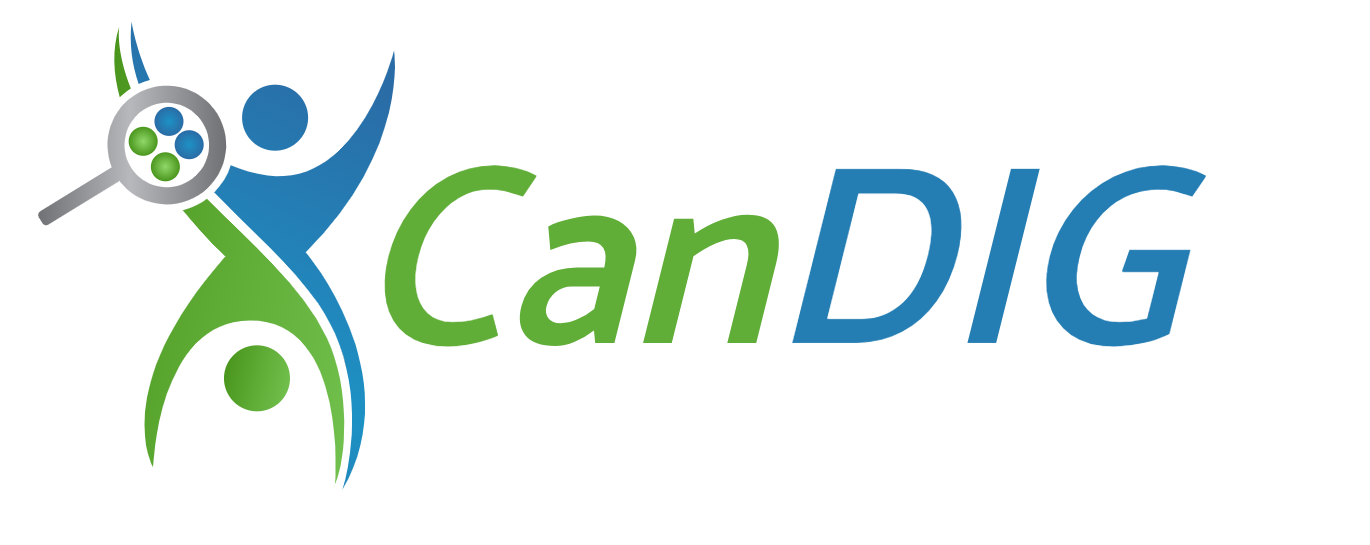Get info about a DrsObject.
GET /objects/{object_id}
Returns object metadata, and a list of access methods that can be used to fetch object bytes.
Authorizations
Parameters
Path Parameters
DrsObject identifier
Query Parameters
If false and the object_id refers to a bundle, then the ContentsObject array contains only those objects directly contained in the bundle. That is, if the bundle contains other bundles, those other bundles are not recursively included in the result. If true and the object_id refers to a bundle, then the entire set of objects in the bundle is expanded. That is, if the bundle contains aother bundles, then those other bundles are recursively expanded and included in the result. Recursion continues through the entire sub-tree of the bundle. If the object_id refers to a blob, then the query parameter is ignored.
Responses
200
The DrsObject was found successfully
A DrsObject that describes a bundled genomic data entity. It usually will consist of a genomic data file, e.g. a variant or read file, and its associated index file. Its contents should also include any associated Samples (as SampleContentObjects), ordered in order of appearance in the associated variant/read files.
object
The descriptor for this genomic data entity
The filename for this entity, not including its file extensions. This string is made up of uppercase and lowercase letters, decimal digits, hypen, period, and underscore [A-Za-z0-9.-_]. See http://pubs.opengroup.org/onlinepubs/9699919799/basedefs/V1_chap03.html#tag_03_282[portable filenames].
A drs:// hostname-based URI, as defined in the DRS documentation, that tells clients how to access this object.
The intent of this field is to make DRS objects self-contained, and therefore easier for clients to store and pass around. For example, if you arrive at this DRS JSON by resolving a compact identifier-based DRS URI, the self_uri presents you with a hostname and properly encoded DRS ID for use in subsequent access endpoint calls.
drs://drs.example.org/314159The cumulative size, in bytes, of items in the contents field.
Timestamp of content creation in RFC3339. (This is the creation time of the underlying content, not of the JSON object.)
Timestamp of content update in RFC3339, identical to created_time in systems that do not support updates. (This is the update time of the underlying content, not of the JSON object.)
A string representing a version. (Some systems may use checksum, a RFC3339 timestamp, or an incrementing version number.)
The checksum of the DrsObject. At least one checksum must be provided. For blobs, the checksum is computed over the bytes in the blob. For bundles, the checksum is computed over a sorted concatenation of the checksums of its top-level contained objects (not recursive, names not included). The list of checksums is sorted alphabetically (hex-code) before concatenation and a further checksum is performed on the concatenated checksum value. For example, if a bundle contains blobs with the following checksums: md5(blob1) = 72794b6d md5(blob2) = 5e089d29 Then the checksum of the bundle is: md5( concat( sort( md5(blob1), md5(blob2) ) ) ) = md5( concat( sort( 72794b6d, 5e089d29 ) ) ) = md5( concat( 5e089d29, 72794b6d ) ) = md5( 5e089d2972794b6d ) = f7a29a04
object
The hex-string encoded checksum for the data
The digest method used to create the checksum. The value (e.g. sha-256) SHOULD be listed as Hash Name String in the https://www.iana.org/assignments/named-information/named-information.xhtml#hash-alg[IANA Named Information Hash Algorithm Registry]. Other values MAY be used, as long as implementors are aware of the issues discussed in https://tools.ietf.org/html/rfc6920#section-9.4[RFC6920]. GA4GH may provide more explicit guidance for use of non-IANA-registered algorithms in the future. Until then, if implementors do choose such an algorithm (e.g. because it’s implemented by their storage provider), they SHOULD use an existing standard type value such as md5, etag, crc32c, trunc512, or sha1.
sha-256The specific genomic contents objects that comprise this genomic DRS entity. Should contain a GenomicDataContentsObject, an optional GenomicIndexContentsObject, and SampleContentsObjects corresponding to the samples analyzed in the genomic data object.
object
The full filename of the genomic data file, including extensions.
The DRS uri(s) to the GenomicDataDrsObject
object
The full filename of the genomic index file, including extensions.
The DRS uri(s) to the GenomicIndexDrsObject
object
The submitter_sample_id of the sample in the MoH model
The id of the SampleDrsObject, corresponding to the sample’s name in the VCF file
The DRS uri(s) to the SampleDrsObject
Type of sequencing data
The cohort this object was ingested as part of
The reference genome used to compile this genomic object
1 if the object has been indexed for search, 0 if not
A list of strings that can be used to find other metadata about this DrsObject from external metadata sources. These aliases can be used to represent secondary accession numbers or external GUIDs.
